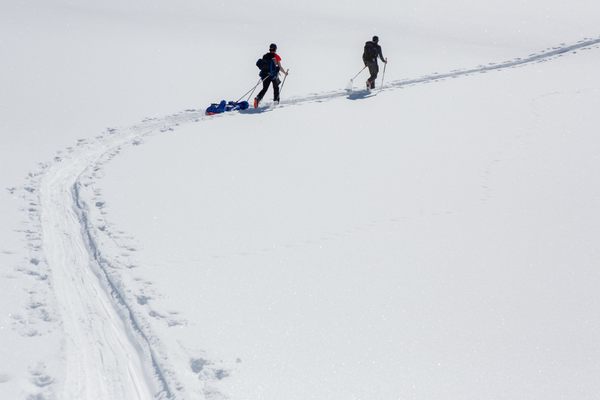Watch a Single Snowflake Melt
A 3D model shows how snow transforms into water.

It’s spring in the northern hemisphere, and winter is melting away. At NASA, a team of scientists has been working to understand the details of exactly how a single snowflake transforms from a frozen crystal into a water drop. Above, you can see the results of their work: a 3D model of a snowflake melting away.
Scientists have long been interested in snowflake formation: How does water turn into crystalline structures?
We can grow snowflakes in a lab and explain why each is unique. But the microphysics of snowflake melt have remained mysterious, even though this simple phenomenon has a huge impact on precipitation and climate. As NASA explains, about two-thirds of the rain that falls from the sky spent some time as snow, and these clouds of frozen flakes can block radio signals, affect flights, and cause other difficulties. Knowing how they behave, scientists could better model precipitation and global climate behavior.
It’s difficult to capture snow in the process of melting. Scientists once used spiderwebs to capture flakes and watch them disappear. But in a new report, published in the journal Atmospheres, the NASA team was able to describe the melting process mathematically, creating a model that shows how a single flake disappears.
What they found is that meltwater begins to gather in the concave parts of a snowflake. As that pool grows, the water forms a shell around the remaining ice, until the whole structure dissolves. Snowflakes that have formed into tiny ice pellets take longer to melt than delicate crystal structures like the one above, which is less than half an inch long.

















Follow us on Twitter to get the latest on the world's hidden wonders.
Like us on Facebook to get the latest on the world's hidden wonders.
Follow us on Twitter Like us on Facebook